A team of students from Santa Clara University designed the 980-square foot Radiant House which was entered in the U.S. Department of Energy’s 2013 Solar Decathlon. While their entry did not win first place in this competition to design and build energy-efficient sun-powered homes, it got the highest rating of any entry for comfort and home entertainment, ranked in the top 5 for appliances and engineering and achieved a perfect score for energy balance.
The vision behind Radiant House was threefold: the students wanted a house that would be efficient, economic and elegant. Their house was designed to make sustainable living not only affordable but accessible, and to this end features an open floor plan with ramps leading into the house. Interior spaces are roomy, with clerestory windows providing plenty of light and fresh air, and the floor plans and furnishings can be adapted to a wide variety of living circumstances.
Curiously, the team decided to use raw, unrefined bamboo is an integral part of Radiant House‘s structural walls and joist systems. Bamboo…who knew? Turns out it’s more than just panda chow, it’s the hot new super building material, both economical and sustainable. Bamboo grows really quickly, up to 39 inches per day, and has a strength comparable to that of steel. It’s also 100% natural, absorbs carbon, and thrives in a wide variety of climates around the world.
Bamboo structures are common throughout Asia and the South Pacific – there’s a bamboo-built restaurant in Vietnam, a bamboo schoolhouse in Bali, and origami-style folding bamboo shelters were used to house refugees after a 2007 earthquake in China. While bamboo construction is not as widespread in the western hemisphere, forward-looking structural engineers and designers are working to change that and bring bamboo into the forefront as a major element used to construct sustainable homes of the future.
The bamboo used in the housing construction is a special species from Vietnam called Dendrocalamus Asper, easy to work with due to its small (1 inch) circumference, and extra-sturdy because it is solid instead of hollow. Most of the house’s structural elements were formed by squaring off large pieces of bamboo and making one-inch rods which were then doweled together to form flat surfaces. The floors were also constructed from sustainably harvested bamboo and glued together with soy-based adhesives.
The solar component of the house comes in the form of radiant panels seamlessly embedded into the ceiling drywall which are used to heat the house with hot water and cool it with cold water. The rooftop photovoltaic system also features ventilation that redirects warm air back into the house, which cools the panels and increases their efficiency, resulting in lower heating bills. A solar thermal panel supplies heat to a tank that contains organic phase-change material which maintains the temperature of the house’s hot water system.
Radiant House also incorporates a number of energy-efficient green technology appliances and sustainable features:
- Cooktop – a high efficiency magnetic induction model.
- Refrigerator – only needs as much energy to operate as does a single incandescent light bulb.
- Counter tops – made from recycled glass and ceramic and re-used water.
- Bathroom tiles – made from recycled clay, porcelain, granite and glass.
- Interior walls – one was finished with clay plaster, which purifies air naturally through its pores.
- Zero VOC paint – used on all other interior walls.
- Power station – allows the rooftop solar panels to be used for recharging an electric vehicle.
The house comes complete with such low-maintenance accessories as drought-resistant plants and weather-resistant siding. A high-tech, yet user-friendly control system allows the homeowner to open and close doors and windows and control the lighting remotely using a cell phone or tablet.
While Radiant House was targeted toward retired couples wishing to live a sustainable lifestyle on a budget, we foresee that this type of dwelling will be popular with singles, young couples, families, or just about anyone interested in affordable green living. The house went on the market in February of 2014 and has garnered quite a bit of interest, which leads us to hope that it’s not a one-shot deal but the first of many such sustainable bamboo dwellings.
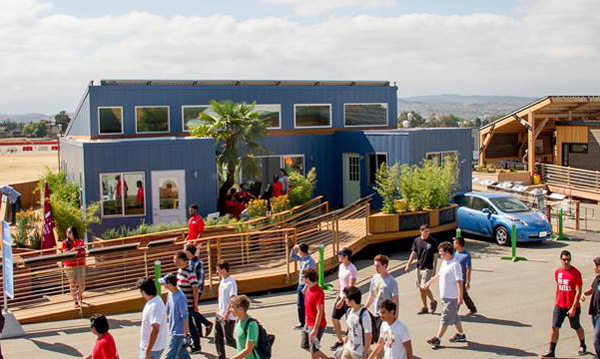
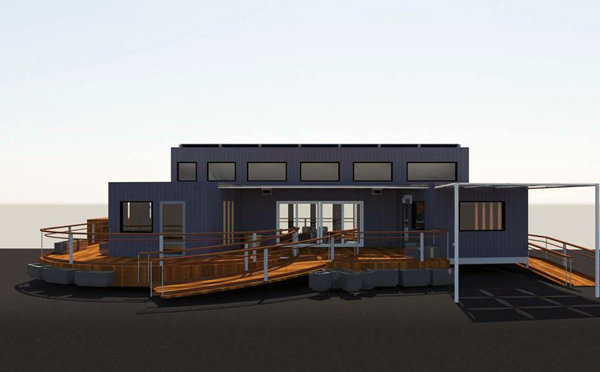
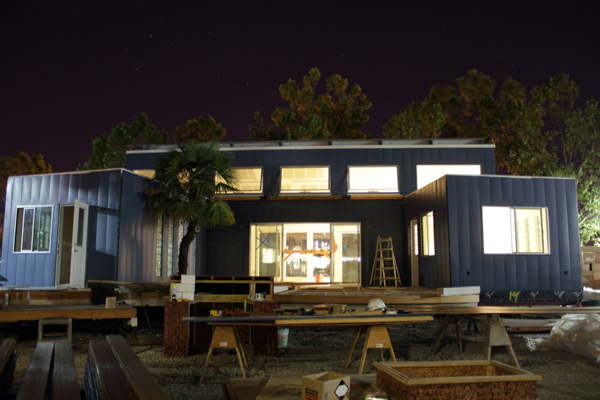
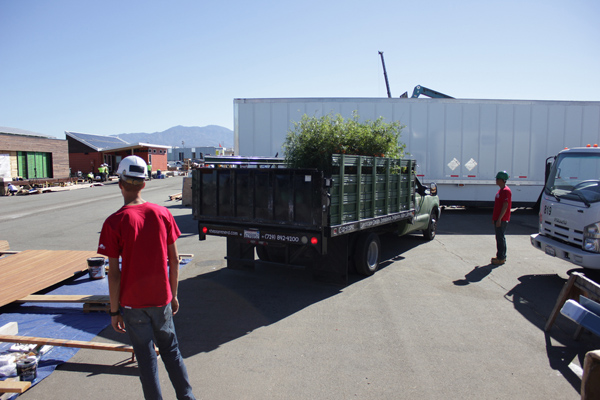
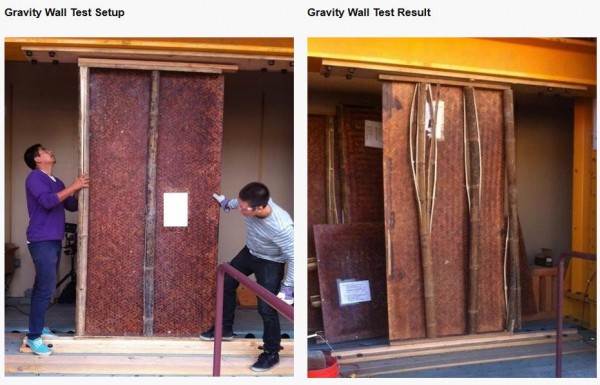
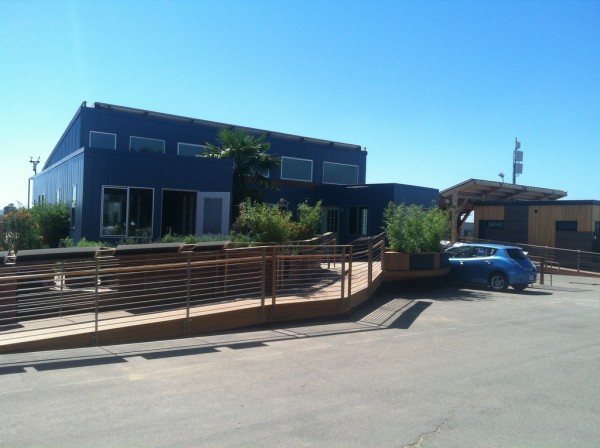
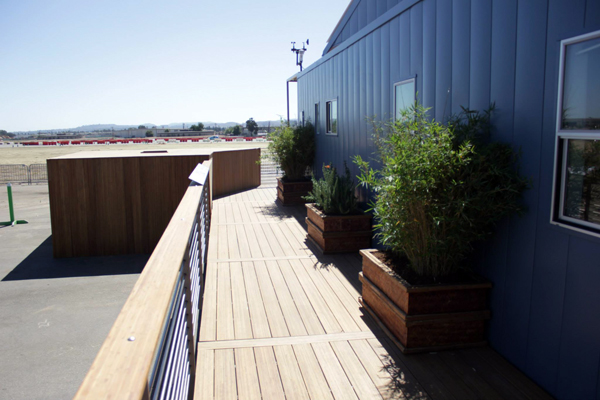
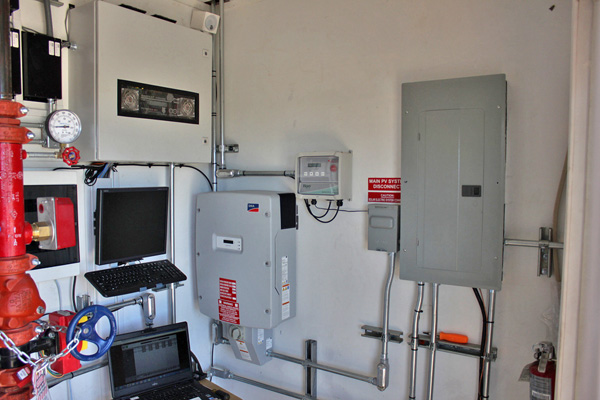
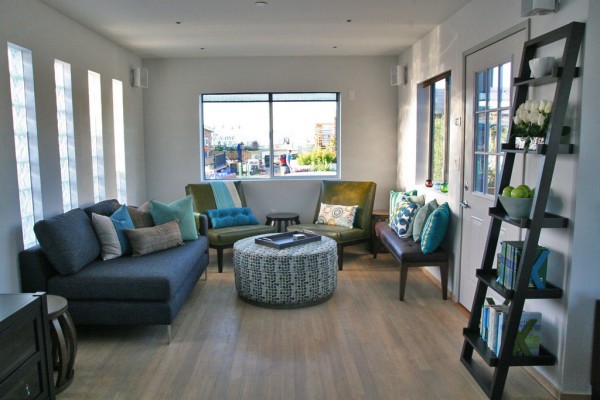

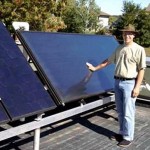 Passive House Owner Claims He is Being Ripped Off by His Own Co-op for Generateing Extra Power
Passive House Owner Claims He is Being Ripped Off by His Own Co-op for Generateing Extra Power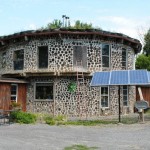 One Man’s Trash…is Another Scrounger’s House (if You Know How to Live)
One Man’s Trash…is Another Scrounger’s House (if You Know How to Live)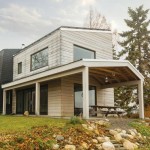 The Costanzas Take on the Sustainability Challenge by Building a Home of the Future Using Technology of the Past
The Costanzas Take on the Sustainability Challenge by Building a Home of the Future Using Technology of the Past